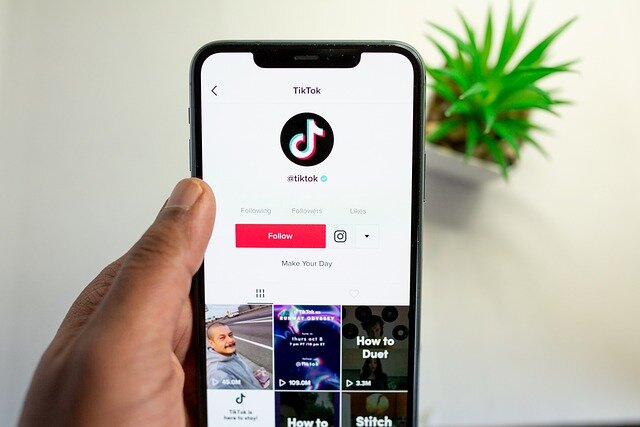Top of the Toks
TikTok was the most downloaded app globally in 2020 and boasts a user base of 13 million in the UK alone.
Although this is still relatively small in comparison to other social media platforms, such as Facebook (42 million) or Instagram (29 million), TikTok is rapidly growing in popularity.
How is the platform being utilised by brands and asset owners, and what opportunities does it offer as its popularity, especially among young people, grows?
TikTok allows users to share short videos of up to 3 minutes in length and, after largely being ignored by business, in 2020 brands began to understand TikTok as not just as a Gen Z hub, but rather as a unique channel to market.
The opportunity for brands
The very visual nature of brands, especially in beauty and fashion, lends itself well to TikTok. Given the content is video-based, it is possible to showcase these brands in a more authentic way, through less polished posts than those that are broadcast on other platforms such as Instagram.
E-commerce: TikTok begun trialling in-app shopping services early in 2021, initially working with selected brands such as the streetwear retailer Just Hype. During the past year, TikTok saw shopping on its platform grow 553% and industry experts refer to the growth of `social commerce' accelerated by the pandemic. As more spend is channelled online or via in-app purchases, platforms such as TikTok offer a means by which to reach and engage younger consumers.
Digital and physical: As physical retail locations continue to be challenged by the growth of online spend, the need to curate a shopping environment and create relevance at shopping centres and town centres has risen. A platform such as TikTok provides a way of achieving this by either showcasing influencers and curating content in physical shopping locations. In July this year, Westfield opened the 4,000 ft2 `TikTok For You House' in which visitors can meet TikTok influencers and create micro-movies.
Viral marketing: As more young people become active on TikTok, brands such as Lululemon and GAP are using influencers to reach their target market and rapidly grow sales. Earlier this year, a GAP hoodie went viral and quickly sold out following a number of videos posted by influencers on TikTok. TikTok offers brands the opportunity to display and promote connections with a range of different influencers to communicate their values and reach a targeted audience.
F&B operators, such as Chipotle, have also used TikTok to spearhead marketing campaigns, for instance, by holding an annual ‘Boorito’ offer at Halloween and offering food at a reduced price for customers who ordered in a spooky outfit.
The opportunity for assets
For physical locations, such as shopping centres, social media is both a blessing and a curse. On the one hand, more spend being channelled through apps and online is likely to exacerbate the difficulties retailers face in justifying the cost of a physical presence on the high street.
However, digital platforms such as TikTok can also be used to engage younger consumers and create a buzz around a physical environment, such as a high street or shopping centre. One such example is the Rosedale Center n Minnesota, US. Given TikTok uses location tracking, it utilised TikTok's ability to both collect data and as a communication channel to generate localised advertising campaigns, especially targeted at younger consumers in close proximity. The use of TikTok provided exposure to a younger demographic of consumer and the ability to encourage greater excitement about engaging with their local mall.
The growing prominence of social media platforms such as TikTok reflects changes in the way younger people are engaging with both brands and physical space. For physical assets, this presents a potential challenge, with more spend potentially channelled online and through mobile apps and increased competition for consumers time and attention. However, utilising digital platforms such as TikTok to promote and encourage consumers to engage with physical locations provides a potential way in which assets can navigate the post-COVID recovery, as long as they can display the required relevance.
Jamie Parker

